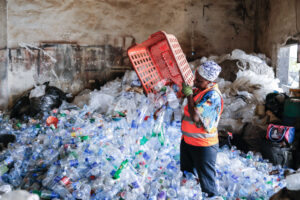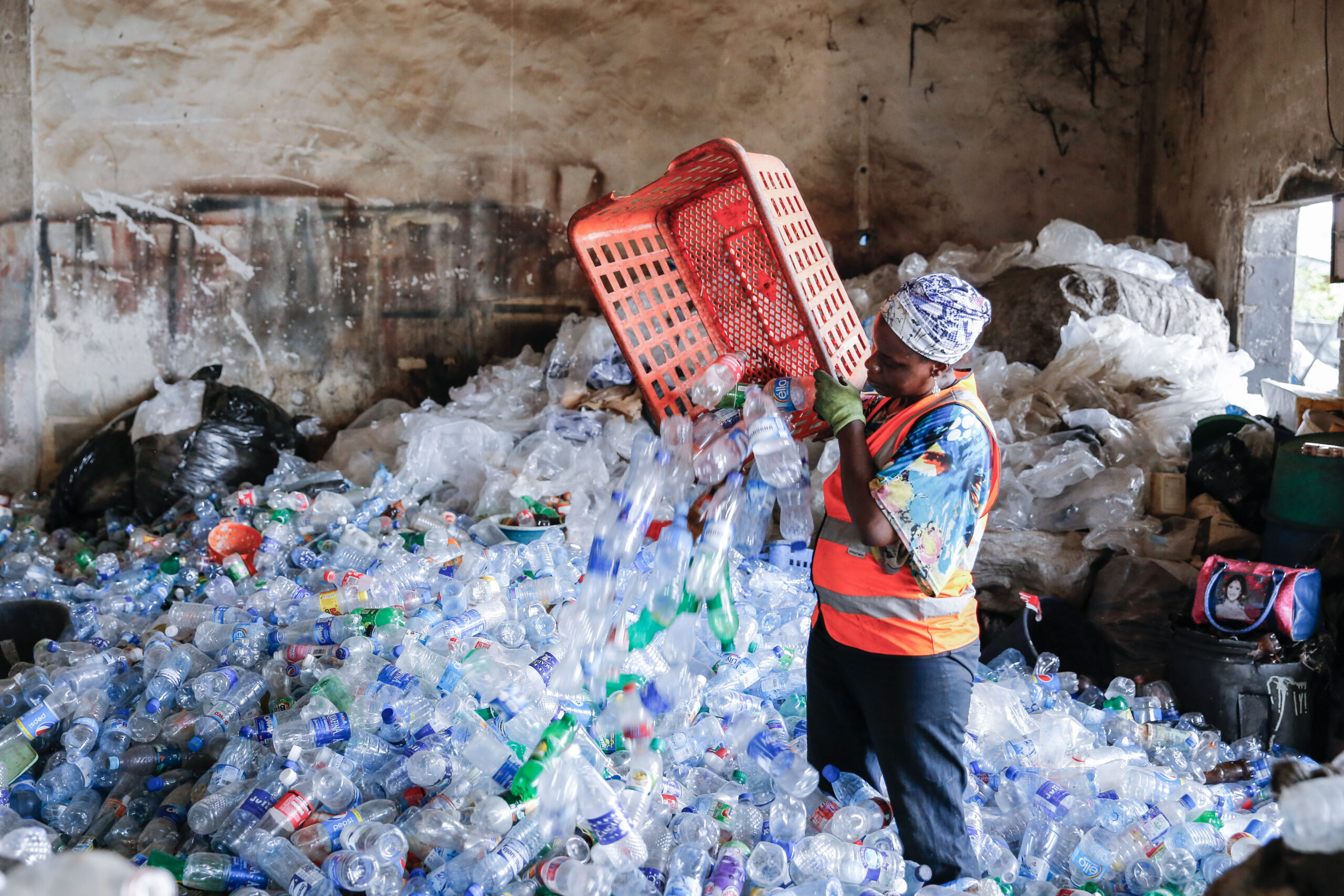
LONDON (ICIS)–Spreads of close to €600/tonne between recycled polyethene terephthalate (R-PET) food-grade pellet (FGP) and virgin PET are seeing some brands cutting back recycled content use as cost-saving remains key in 2025.
The R-PET market has turned bullish in Q1, with increases in the free delivered (FD) northwest Europe (NWE) colourless (C) bale and flake prices in March ahead of the onset of peak preform production season during Q2, which could push R-PET demand higher still.
At the same time, PET prices have seen some upward movement but are increasingly coming under downward pressure from cheap imports, which could see the spreads between virgin and recycled material widen further.
Freely negotiated FGP prices for material available on the open market are currently between €1,600-1,680/tonne FD NWE, while contact prices – prices linked to feedstock bale and/or flake and usually subject to a formula calculation – have been heard at well over €1,800/tonne in some parts of Europe.
This is in stark contrast to the current price of virgin PET which still represents a significant cost saving in comparison to R-PET flakes and pellets.
Several participants in the R-PET market, including beverage brands, have said some brands and fast-moving consumer goods companies (FMCGs) are cutting back their use of R-PET to the minimum contracted volumes, which for beverage bottles is often between 25-30%.
This is either to meet the mandatory recycled content target for beverage bottles as set out in the Single Use Plastics Directive (SUPD), which came into effect on 1 January 2025, or in line with internal company targets.
The Coca-Cola Company announced in December 2024 significant changes to its 2030 sustainability goals, in some cases delaying and minimizing targets – which has led to comments from European R-PET market participants that some brands now feel more emboldened to reduce previously announced R-PET content targets, often set anywhere between 50-100%, to a more manageable, and more cost-efficient level.
Many brands went big on R-PET content targets at the start of the 2020s after the SUPD was passed in 2019, as shown in the chart below. The spread between R-PET FGP and virgin PET rose significantly from 2019 onwards showing an increased level of demand for R-PET, and though the market has been volatile in recent years, the spread between R-PET and PET remains higher than before the Directive was passed.
By Matt Tudball, Senior Editor for Recycling at ICIS


